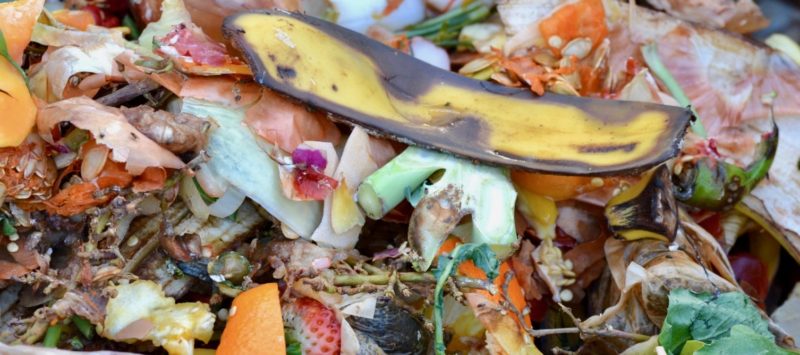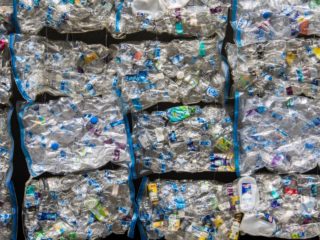It may sound odd, but food waste makes me uncomfortable.
I grew up in a household where my mother shopped, cooked, and served meals with a frugal eye. Her philosophy was simple: food waste is bad. What did that mean? It meant that my sisters, Dad, and I ate whatever was served to us. (Though we all rebelled over the avocado nut soup she presented one night.)
It also meant we ate leftovers. A lot of leftovers. My mother’s carefully calibrated shopping trips ensured that we didn’t have a bulging supply of perishable food in our house. Anything that looked a bit “off” was trimmed of offending parts and repurposed into a new dish.
One of my mother’s favorite ways to “recycle” food was to make soup – chicken noodle or pureed vegetable were two standbys. She also roasted leftover vegetables or made desserts from fruit that had passed their peak.
Although I hated leftovers as a child, I’ve since become an avid food waste foe. One reason is that I’ve discovered the many benefits of a low waste lifestyle. Putting together a (tasty) meal using leftovers can be an enjoyable mental puzzle and there’s real gratification when it works out. It’s satisfying to use up what’s sitting in the fridge instead of throwing rotten food in the trash.
The other reason I’ve become conscious of food waste is that I’ve since learned of its environmental and health implications.
Table of Contents
What’s the Problem?
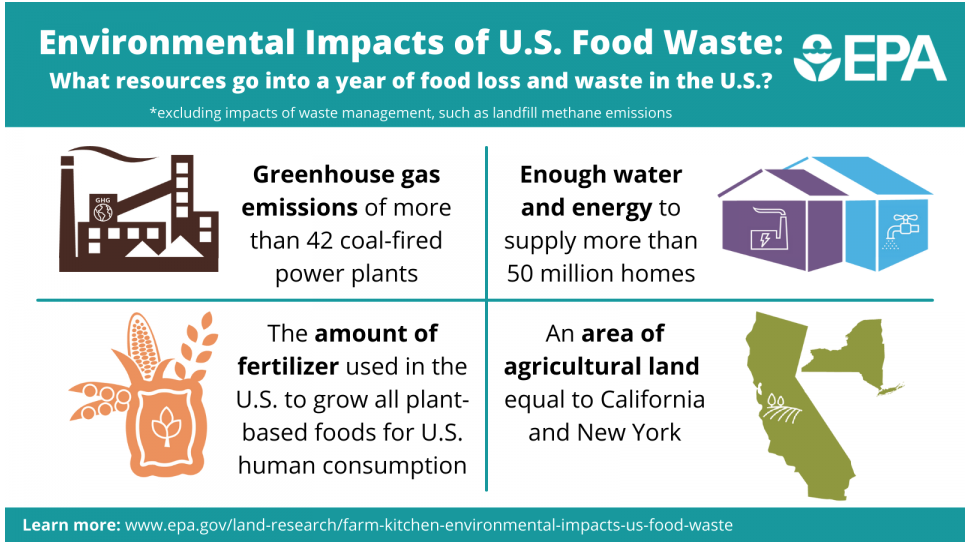
Food Waste in the U.S.
Food waste is a big problem in this country. In fact, a staggering 40% of our food ends up wasted and is the single largest contributor to landfills in the U.S.
The EPA’s report, From Farm to Kitchen, provides a visual comparison of the environmental impacts of food waste in this country. Impacts include: greenhouse gas emissions of more than 42 coal-fired power plants; enough water and energy to supply more than 50 million homes; the amount of fertilizer used in the U.S. to grow all plant-based foods for U.S. human consumption; and an area of agricultural land equal to California and New York.
Most of what’s thrown into landfills (or incinerated) could actually have been converted, through composting, into nutrient-rich soil. That’s right, the rotten food you’re about to toss in the garbage is a potentially valuable resource.
Resource Waste
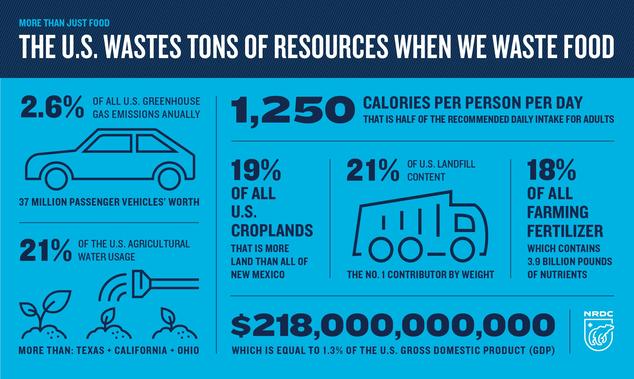
But it’s not just food that’s wasted. There’s so much more that’s lost when we throw away food. We end up throwing out all those resources that were utilized to create the food item in the first place.
When you look at what’s needed it’s mind-boggling. Here’s the breakdown of needs:
- cropland
- water
- fertilizers
- pest control
- labor
- energy to transport
Food Waste Rots!
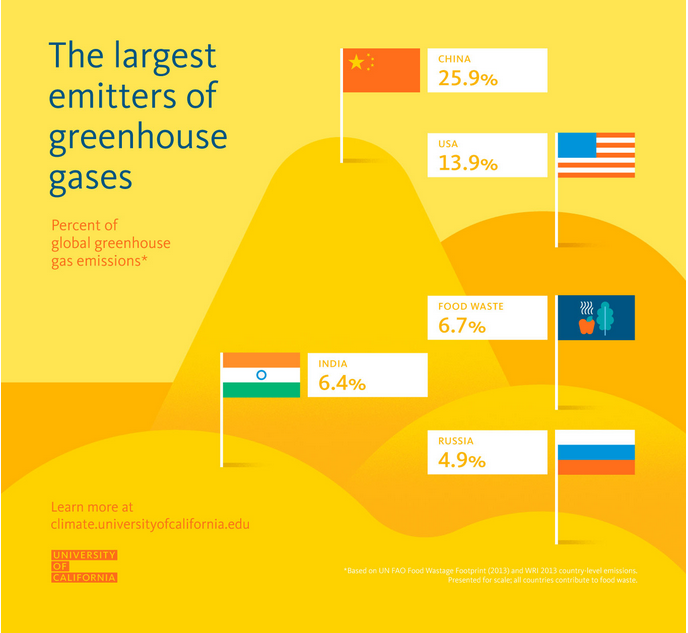
What happens after that food ends up in the landfill? It rots and eventually produces methane gas, a greenhouse gas that is a far more potent polluter than carbon dioxide.
Incredibly, if food waste were a country, it would be the third largest emitter of greenhouse gases. A troubling image.
Food Insecurity
The sad irony is that a significant portion of the population lacks access to a stable supply of food. So many in our country go hungry, yet it doesn’t have to be that way. In fact, we could feed 25 million Americans each year if just 15% of this food was redirected from the landfill to people’s plates.
A leading expert on the topic, Cornell professor Chris Barrett, calls food insecurity “an existential crisis for the planet – because we’re hitting boundaries, as land, water, and marine resources are growing more limited.”
So what can we do to help feed people, not landfills? Read below for how to reduce food waste.
What Can I Do to Reduce Food Waste?
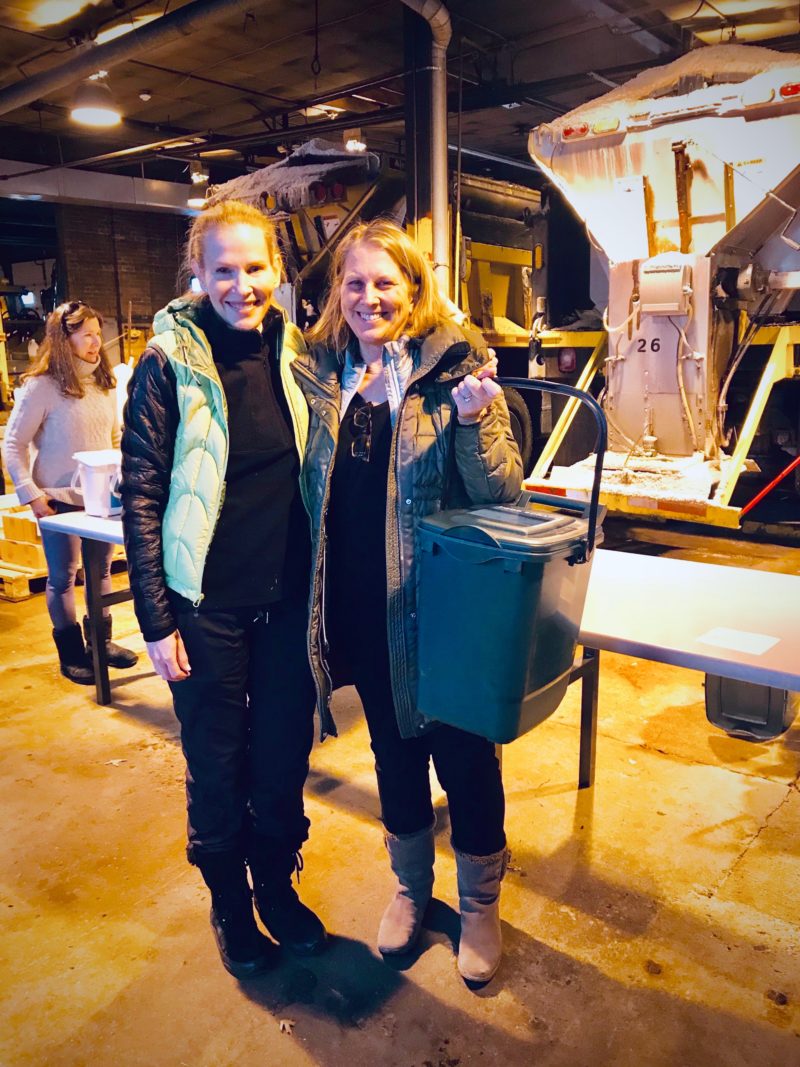
I’m with you — food means so much more than sustenance. A full spread of delicious food welcomes us into someone’s home. It’s used as an excuse to get together with friends and family. And nothing induces anxiety more than not having enough food when people come over for a meal.
I’m a huge foodie – all flavors, textures, cuisines – just not food waste. So what can you do to minimize the amount of food that you have to throw away?
I offer below some simple ways to avoid food waste. You’ll also save some money!
Plan Ahead
Plan ahead to limit the amount of food waste you generate.
- Check first. Before you head out the door to buy more food, take a quick look in the fridge and pantry to see what you already have and make a list for the store.
- Get Help. Try out the National Resources Defense Council’s handy “Guest-imator” to help estimate the appropriate amount of food you need for a meal.
Store and Eat Your Leftovers!
A lot of resources were used to get that food to your plate. With proper storage, you can make multiple meals from leftover food. To freeze food, see Green That Life’s Guide to Freezing Any Food.
Understand Labels
There is so much confusion over food labeling. What’s the difference between “sell by” or “best if used by”?
A number of states are working to make clearer guidelines, but in the meantime, this Consumer Reports article will help clear up any confusion.
Eat and Drink in
Resist the temptation to eat out or order delivery. Set a goal to eat at home at least three nights a week. You’ll be surprised how much money you save in the process. And you may even find that you prefer your own home-cooked meals!
Compost
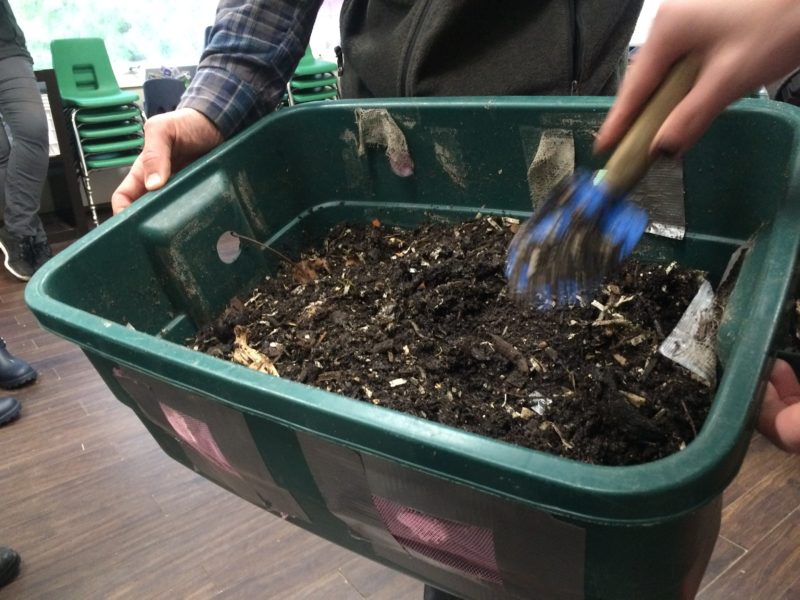
Composting is an extremely effective method of reducing food waste and there are a number of ways to compost:
Backyard composting. If you have space, consider backyard composting. It’s possible to compost even in an urban setting but just requires a bit more planning. Tips for how to home compost can be found here.
Community Composting. This is a program supported by a municipality or organization. I helped set up one in my hometown. You can read about it here.
Organics Recycling Service. Check your area for private companies that will pick up your food scraps and/or provide drop-off location.
- Litterless has a guide for pickup services in each state.
- BioCycle has a searchable database of facilities.
Donate It
As I mentioned above, many Americans go hungry. Feeding America has a searchable database to find a food bank in your area.
Shop Locally
Remember, when you can, shop local for locally sourced food. It’ll help reduce the carbon footprint of that food you’ve bought.
Community Supported Agriculture (CSAs). These are networks that offer consumers regular deliveries of locally-grown farm products. See the USDA for a directory of CSAs.

